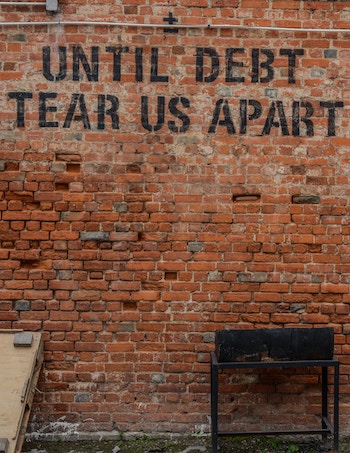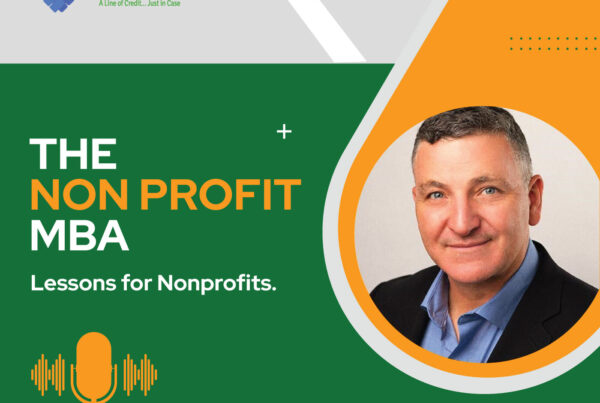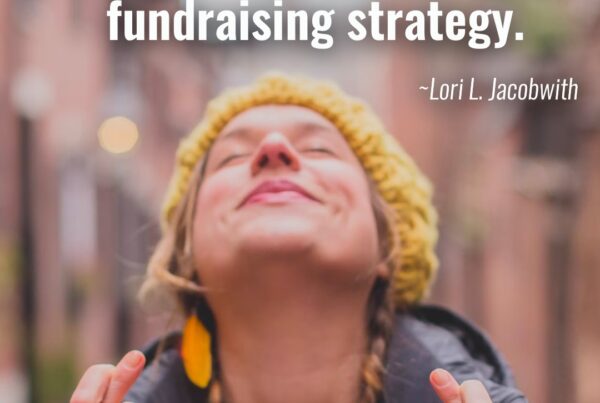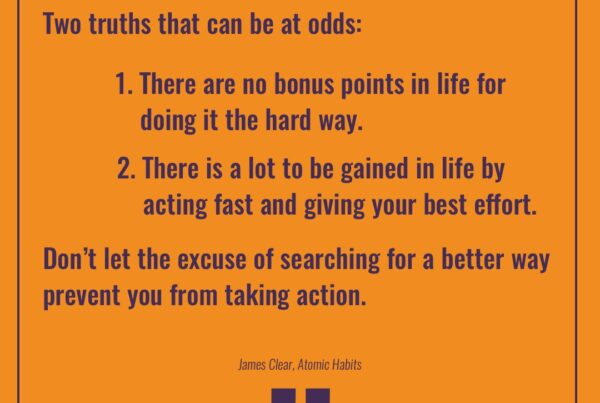If you work at a non-profit organization you’ve likely experienced pain, frustration, and overwhelm. Often on a daily basis.

I want you to know I’m sorry for your pain.
Rather than tell you to “get over it,” I’m here to say I understand that your pain is real.
While I may not be able to help you find a larger office, hire the exact right staff, or increase your government funding, I have thoughts about how to remove some of your pain about fundraising.
Let me give you a couple of examples of fundraising pain and how others have moved past it.
Anita*, founder of a small arts organization in the Midwest, asked me where to find more donors. In the first 18 months of existence, her “tiny but mighty” organization received contributions from nearly 100 people. Their artistic events, which all sold out, were presented to nearly 1500 people in those first 18 months.

In our conversation Anita realized she had neglected to invite performance attendees to invest in future shows.
While no one likes to be strong-armed to make a contribution, it’s an excellent idea to share an update about “what it takes” to make your work possible.
Anita is now in the midst of creating a very simple annual fundraising plan. She’s making plans to clearly share what it will take to add paid staff and hold a full season of performances. More importantly Anita is inviting people to invest in her organization.
Her homework is to inspire two $5000 contributions and ten $1000 contributions. Anita will succeed because she is inviting people to invest in something they already love.
Luann*, the savvy but new CEO of a large organization serving girls, was frustrated, and frankly ashamed, that last year (2017) ended in the red by nearly $500,000. Staff transitions caused all kinds of upheaval at the organization but especially in the fundraising department.
 The organization has more than 3000 active donors, more than 35,000 members, and numerous partners throughout their community.
The organization has more than 3000 active donors, more than 35,000 members, and numerous partners throughout their community.
Why the “shortfall?” A key program had received less funding from institutional funding sources. But at no time did the staff hold authentic one-on-one or one with many “money-story” update conversations with current donors.
When passionate supporters are brought into the fold to learn “insider” information about what it takes to do your work AND are inspired by individual stories of those served – They. Give. More. And Give Again.
Talking about money or their “shortfall” as this organization described it, ended up being a hushed conversation behind closed doors. No one outside the board and key staff knew.
And so, no one helped close their gap in funding – until now.
They’ve recently begun to hold Coffee with the CEO update meetings with key donors. Important, meaningful, mission-infused discussions are already generating larger contributions from major donors.
*Fictional names to keep sources confidential
What these two organization have in common:

- Passionate and engaged supporters
- Current donors
- Active social media presence
- Missions that are relevant in the current giving climate
- Hardworking staff and board
AND
- Missed communication opportunities with their donors
- Invisible “money stories”
- Painful fundraising outcomes
- Neglect in telling the truth about what it takes to do their important work
Indeed, fundraising can be hard work. There are lots of moving pieces: database management, appeals to draft, grant deadlines, grant reports, board updates, and so much more.
So what to do?
5 Simples Actions to Take the Pain Out of Fundraising
1. Use inspiring infographics, visual displays, video, photos, and updates at meetings to share funding milestone news regularly not just at year-end.
2. Be clear what it takes to fully fund a program and to fund your entire organization. Don’t shy away from sharing big numbers.
3. Always share your vision for your organization’s future to inspire your community about what else there is to do.
4. Talk about how your work changes the life of one person at a time. And include the “what it takes financially” to do that
5. Take time to draft a plan that shows you exactly how you’ll reach or exceed your fundraising milestones. NOT a budget – a plan.
Most of these actions simply require a shift in your communication. Rather than dwelling on how to remove the fundraising pain its more effective to share examples of what IS working. But don’t forget to share what it takes financially to make it work.
I DO understand. The pain is real. I’d like to hear from you. Share your thoughts and examples of your fundraising pain in the comments below.






